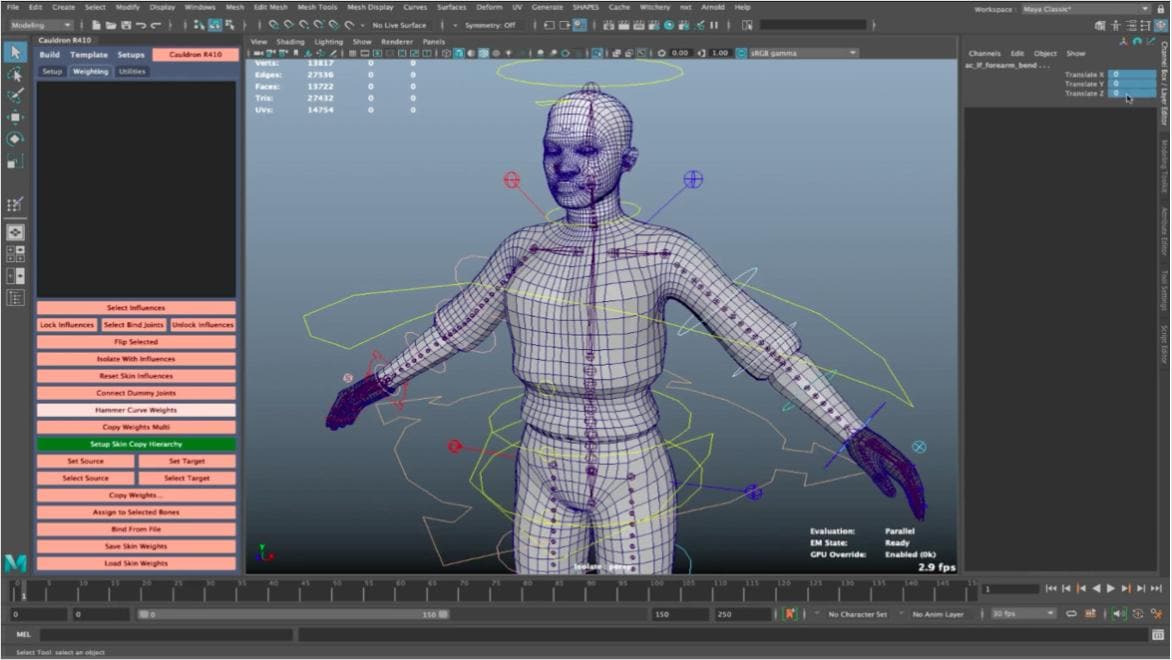A unique and memorable appearance characterises standout character design, reflecting distinct visual attributes that set the character apart. It encompasses depth and personality, creating a compelling backstory and individual traits that engage the audience. Visual appeal through balanced colours, shapes and proportions is crucial, as is functionality for clear movement and expression. A cohesive and consistent design, combined with the ability to evoke emotions or create an emotional connection, distinguishes a character and helps ensure a lasting impact.












